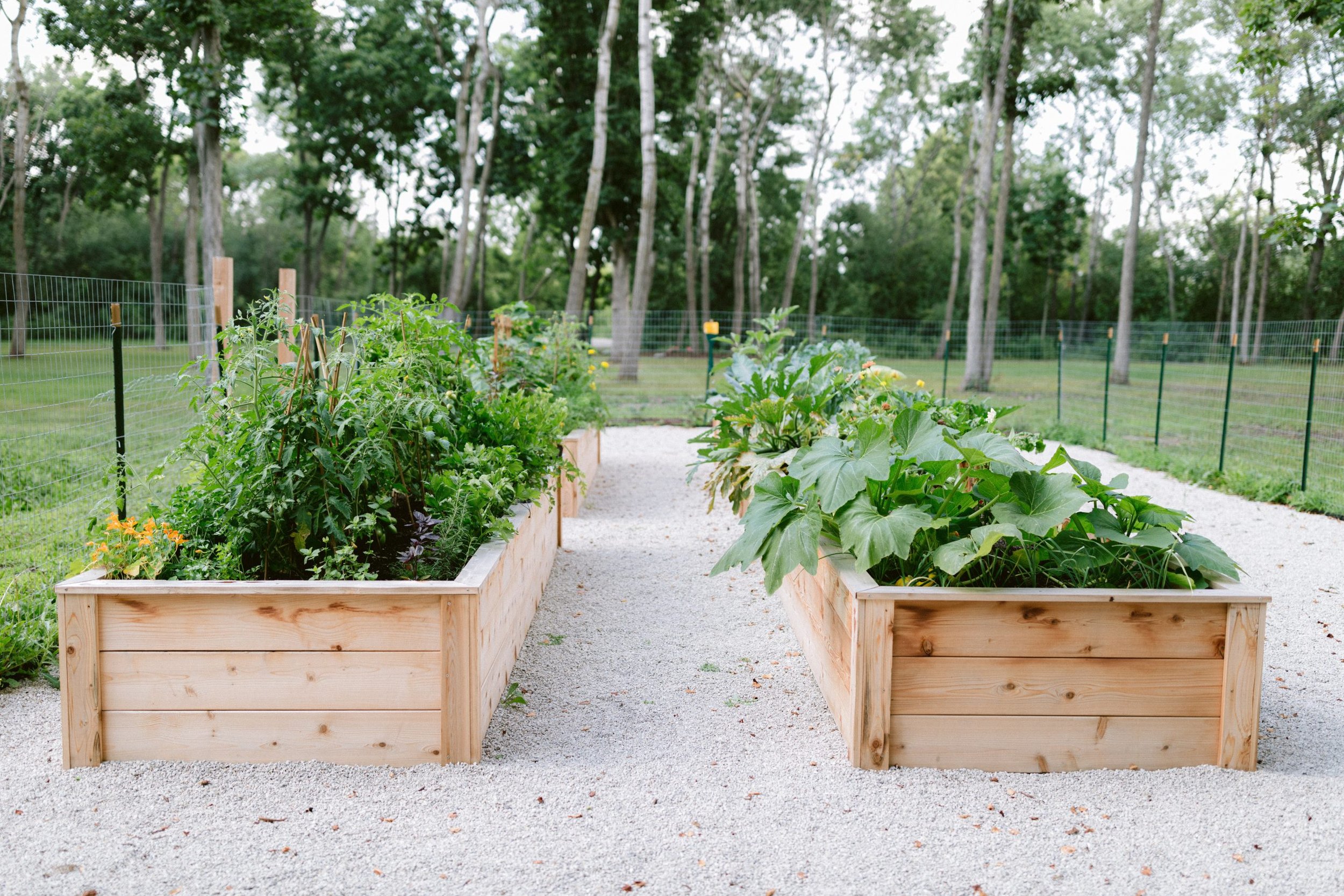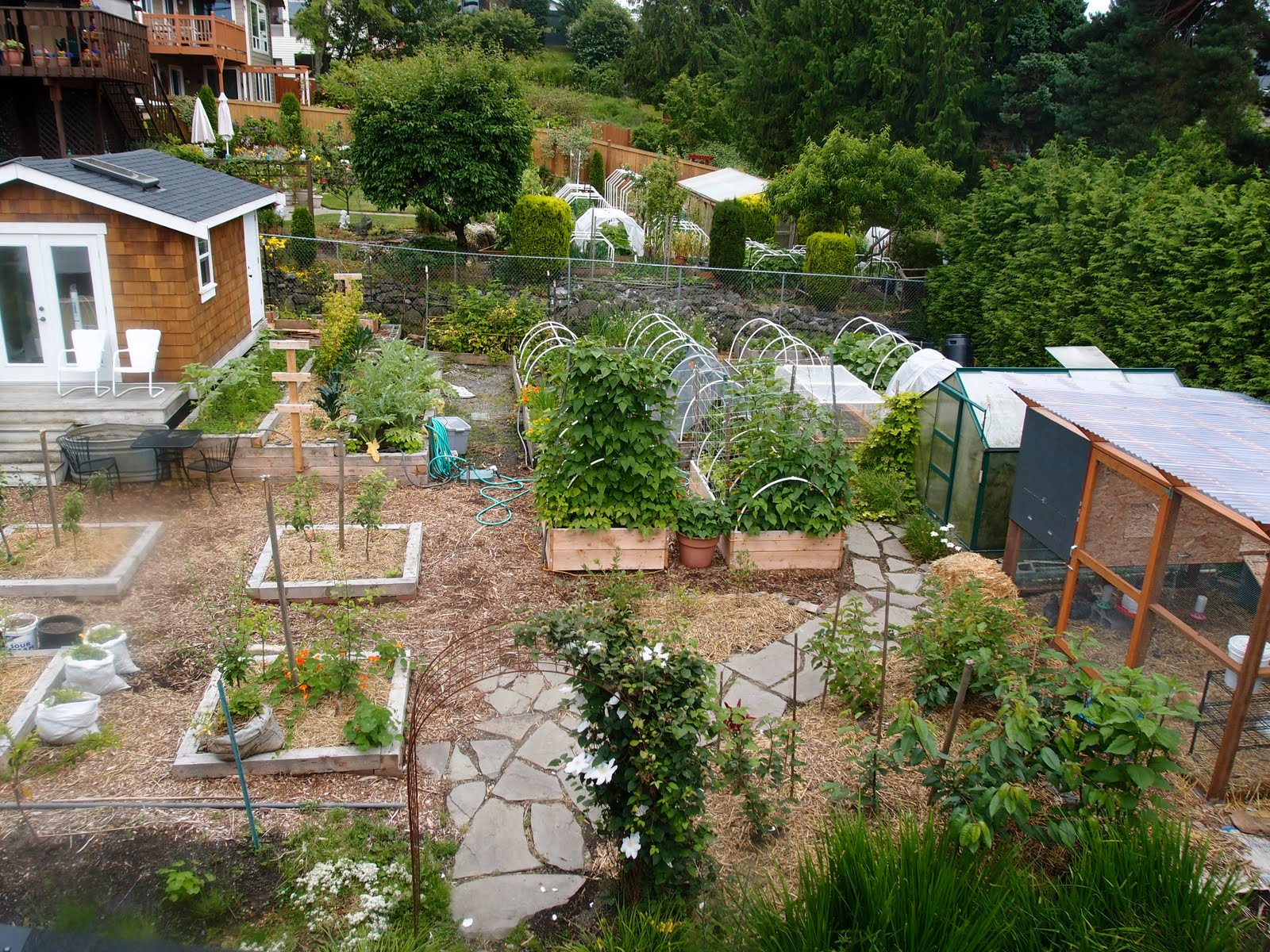Challenges and Solutions for Homestead Gardening
Challenges and Solutions for Homestead Gardening
Blog Article
Uncover the Tricks to Developing a Productive and attractive Horticulture Space
Producing a stunning and efficient gardening area is not simply a matter of growing veggies and blossoms; it needs a strategic method that incorporates different crucial aspects. From selecting the right place based on sunlight and dirt type to thoughtfully developing your layout and selecting suitable plants, each decision plays a pivotal function in the success of your garden.
Picking the Right Area
Selecting the ideal location for your yard is crucial to its success and total aesthetic appeal. The first step in this procedure includes evaluating sunshine exposure, as the majority of plants call for at the very least six hours of straight sunshine daily (Homestead Gardening). A south-facing yard usually receives the most light, while shaded locations can restrain development and blooming
Furthermore, take into consideration dirt quality and water drainage. Well-draining soil is vital to protect against waterlogged roots, which can bring about plant illness. Performing a soil examination can provide beneficial details regarding pH degrees and vitamins and mineral material, allowing you to modify the soil as necessary.
In addition, proximity to water resources is another variable to consider - Homestead Gardening. Having simple accessibility to a hose pipe or irrigation system can streamline the watering procedure and encourage regular plant treatment. Wind protection is also essential; placing your garden near structures, such as wall surfaces or fences, can secure it from severe winds that may damage delicate plants
Lastly, take into consideration access for upkeep and harvesting. A well-placed garden enables practical access, making certain that you can conveniently often tend to your plants without triggering unnecessary tension or disturbance. Thoughtful location selection lays the foundation for a flourishing garden.
Choosing Plants Intelligently
When picking plants for your yard, it's necessary to take into consideration variables such as environment, soil problems, and personal preferences to make sure a harmonious and effective space. A complete understanding of your neighborhood climate will certainly lead you in selecting plants that flourish in your specific setting. As an example, selecting drought-resistant selections is beneficial in arid regions, while moisture-loving types may be extra suitable for areas with high rains.
Dirt problems are equally essential; conducting a dirt test can reveal pH levels and vitamins and mineral material, allowing you to choose plants that will flourish. Indigenous plants are frequently a superb selection, as they are usually well-adapted to regional dirt kinds and require less maintenance.
Furthermore, consider your gardening goals. Are you intending for a decorative screen, a veggie garden, or probably a mix of both? This will affect your selections significantly. Lastly, review your personal preferences-- picking plants that reverberate with your aesthetic preferences will improve your enjoyment and commitment to keeping your yard. By very carefully examining these aspects, you can create a diverse and flourishing plant option that boosts your gardening experience.
Designing Your Yard Layout
With a thoughtfully chosen plant choice in hand, the next action is to produce a yard format that takes full advantage of both charm and functionality. Begin by examining the available area, thinking about aspects such as sunshine, wind, and color patterns. A tactical design must incorporate various areas, consisting of locations for planting, pathways, and potentially seating.
Start with bigger plants or prime focus, such as trees or high perennials, positioned strategically to create aesthetic rate of interest. Layer smaller plants in front to enhance depth and appearance. Think about the growth practices of your chosen plants; taller ranges must be placed at the back or center of beds, while much shorter ones can line click for more the edges.
Incorporating paths not only promotes accessibility for maintenance however likewise welcomes expedition. Usage materials that enhance the garden's overall visual, whether wood, crushed rock, or rock chips.
Furthermore, think regarding seasonal adjustments and how your design will look throughout the look what i found year. Integrating evergreens along with seasonal blossoms can ensure year-round appeal. Eventually, a properly designed yard format integrates the all-natural beauty of plants with sensible considerations, leading to a space that is both inviting and effective.
Enhancing Soil Health

To boost soil health and wellness, start by carrying out a soil examination to analyze pH levels, nutrition content, and dirt appearance. Integrate natural issue such as compost, well-rotted manure, or fallen leave mold to enhance soil framework, water retention, and microbial activity.
Mulching is one more effective method; it not just preserves moisture but also suppresses weeds and gradually enriches the dirt as it breaks down. Preventing extreme tillage is vital, as it can interrupt dirt framework and injury useful microorganisms. Rather, take on no-till or very little tillage practices to preserve dirt stability.

Maintaining Your Garden Successfully
A next page well-kept yard gives satisfaction and productivity, needing constant focus to make sure that plants grow and the landscape stays inviting. Reliable yard upkeep includes several crucial practices that boost the health of your plants and the total aesthetic of your area.
Normal watering is vital; nonetheless, it is necessary to customize your watering timetable based upon the particular requirements of your plants and regional climate conditions. Mulching can help retain wetness, suppress weeds, and regulate dirt temperature level. Moreover, prompt weeding stops competition for nutrients and sources, guaranteeing that your plants flourish.
Trimming is one more necessary task. It urges healthy growth, gets rid of unhealthy or dead branches, and forms plants to keep an attractive framework. Additionally, checking for conditions and parasites is essential; early detection and intervention can save your plants from considerable damage.
Fertilization needs to be carried out thoughtfully, using natural choices whenever possible to promote lasting dirt health. Seasonal jobs such as growing, splitting perennials, and preparing for wintertime will certainly guarantee your garden remains vivid year-round. By following these practices faithfully, you can cultivate a yard that is both effective and stunning.
Conclusion
Selecting a proper place with appropriate sunshine, selecting suitable plants, designing an aesthetically pleasing design, enhancing soil health, and making certain routine upkeep are crucial parts. By integrating these techniques, one can grow a prospering garden that not just enhances the landscape however additionally promotes environmental equilibrium and sustainability.
From picking the right place based on sunshine and dirt kind to thoughtfully designing your design and selecting suitable plants, each choice plays a crucial role in the success of your yard. Well-draining soil is essential to prevent water logged origins, which can lead to plant diseases.When selecting plants for your yard, it's essential to take into consideration elements such as environment, soil conditions, and individual preferences to make certain a unified and productive space. Ultimately, a well-designed garden layout balances the all-natural appeal of plants with sensible considerations, resulting in an area that is both welcoming and effective.

Report this page